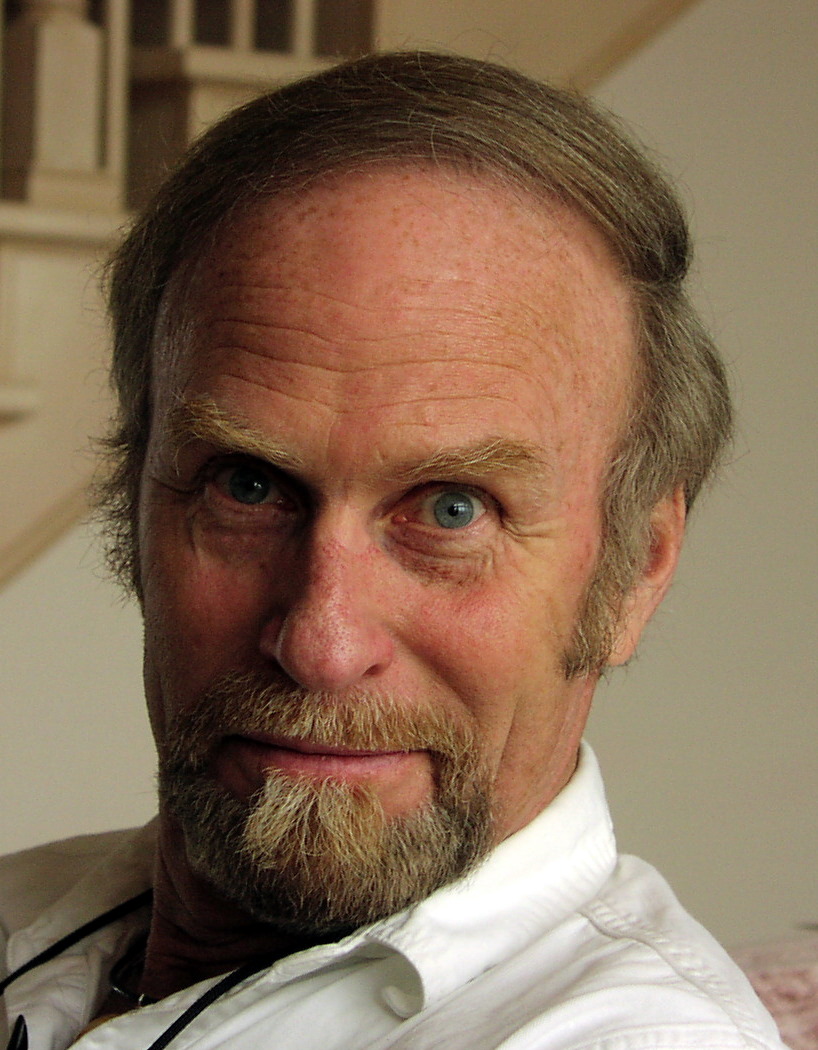As the United accelerates toward adding another 100 million people within 25 years, its citizens neglect growing consequences easily witnessed in other overpopulated countries. Americans assume they can continue unlimited expansion because, "We've always considered growth as the mainstay of our prosperity."
Thus, Americans think of "endless increase" as a normal aspect of their daily lives. Their paradigm cannot and will not be tolerated by Mother Nature much longer. Dr. Albert Bartlett (www.albartlett.org) said, "Continued growth past maturity for any entity becomes obesity or cancer." As we all know, both problems create a debilitating existence or shortened lifespan.
The author of The Population Bomb, Paul Ehrlich, said, "Few problems are less recognized, but more important, than the accelerating disappearance of the earth's biological resources. In pushing other species to extinction, humanity is busy sawing off the limb on which it is perched."
Sixth Extinction Session Facing Humanity on Earth
In his work, Professor Norman Meyers, UK, wrote "Winnowing for Today's World," on the concept of mass extinction. As shown by the National Academy of Sciences, humans, via encroachment on wilderness habitat, cause the extinction of 80 to 100 creatures daily around the globe. Meyers said...
"These, then, are some ultimate issues for us to bear in mind as we begin to impose a fundamental shift on evolutions course. The biggest factor by far is that, as we proceed on our impoverishing way, we scarcely pause to consider what we are doing. We are "deciding" without even the most superficial reflection - deciding all too unwittingly, but effectively and increasingly."
In 1993, Harvard biologist E.O. Wilson estimated that the planet loses 30,000 species per year -- around three species per hour. Some biologists feel that the biodiversity crisis dubbed the "Sixth Extinction" accelerates more severely than Wilson expected.
Species Extinction in the United States Accelerating
At 310-million and headed for 400-million within 25 years, America adds 3.1- to 3.4 million humans annually. Each added American requires the destruction of 12.6 acres of wilderness habitat known as "ecological footprint." That many acres must be developed into homes, roads, cities, schools, malls and land for food production. When you multiply 100 million added humans times 12.6 acres -- that equals a loss of 1.26 billion acres of wilderness habitat in the next 25 years. Since demographers expect the USA to double to 600 million, work the math!
Where will the animals flee to eat, procreate and flourish? Where will we find that much arable land? How about water?
According to reports, 6,330 animal species in North America teeter on the edge of extinction. The National Academy of Sciences predicts 2,500 plants and animals go extinct every decade from habitat loss. At some point, these extinction rates create a "cascading effect" for all other dependent species. We answer to an intertwined ecosystem.
In the West, the prairie dog provides sustenance for 67 other creatures in the food chain. Over half of prairie dog colonies suffered human development destruction in the past 30 years. As their numbers plummeted, every creature depending on those rodents declined commensurately.
In a report in the Boston Globe, October 19, 2006, by John Donnelly, "Scientists Alarmed at Loss of Pollinators," he reported rapidly dropping numbers of birds, bees and bats could impact humanity's food supply. Most plants depend on their pollen being picked up by birds, bats and bees to be distributed so that fruits, nuts and vegetables can reproduce and grow.
(Note: You can view every article as one long page if you sign up as an Advocate Member, or higher).





